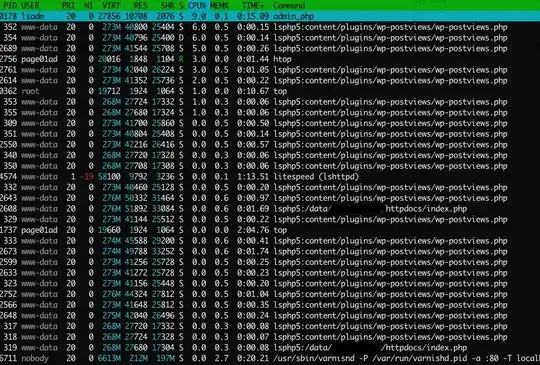I recently came across a screenshot that looks to be using the "top" command, but it is showing a lot more in-depth info in terms of CPU usage:

The program shows detail down to which plugin in Wordpress is taking up all the resources. How is this possible?